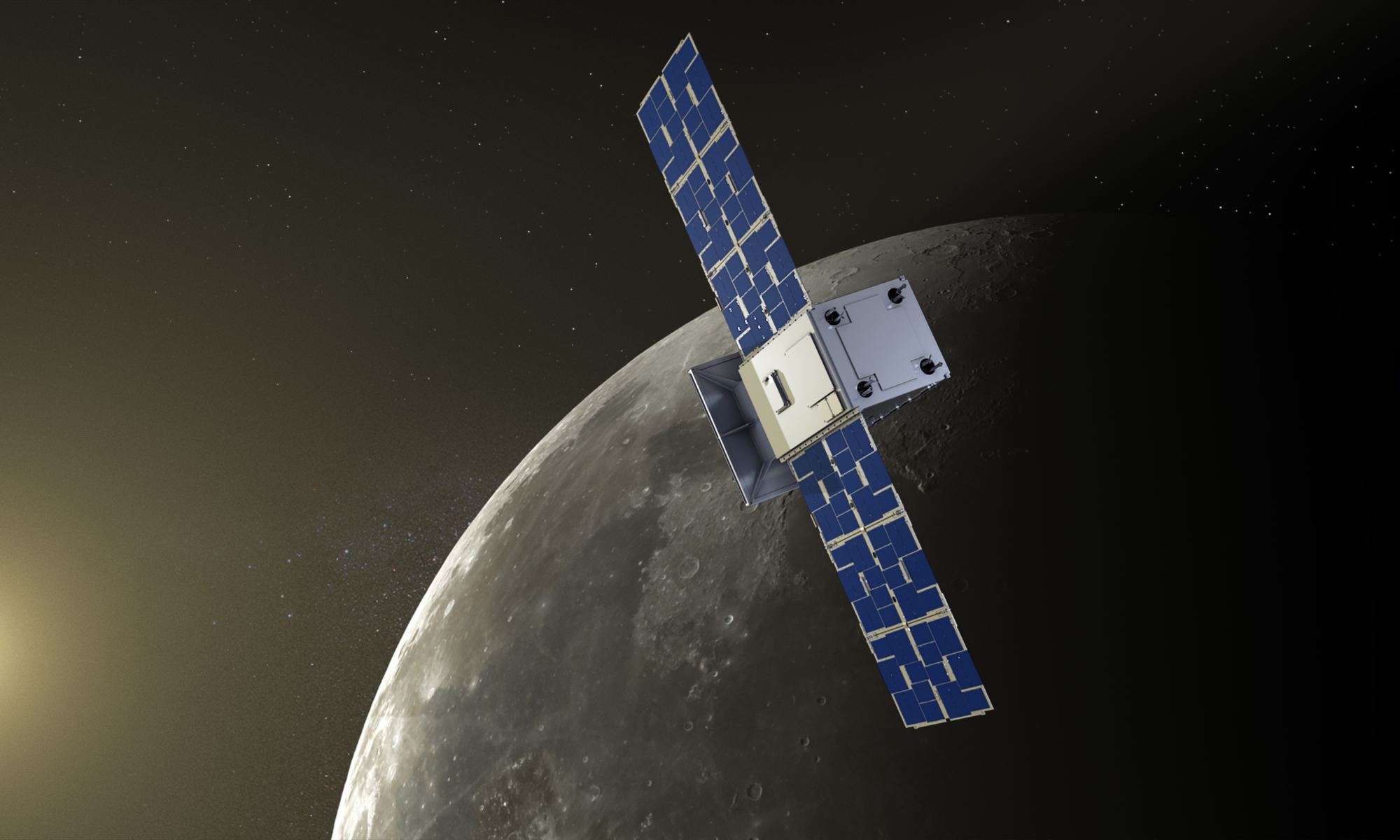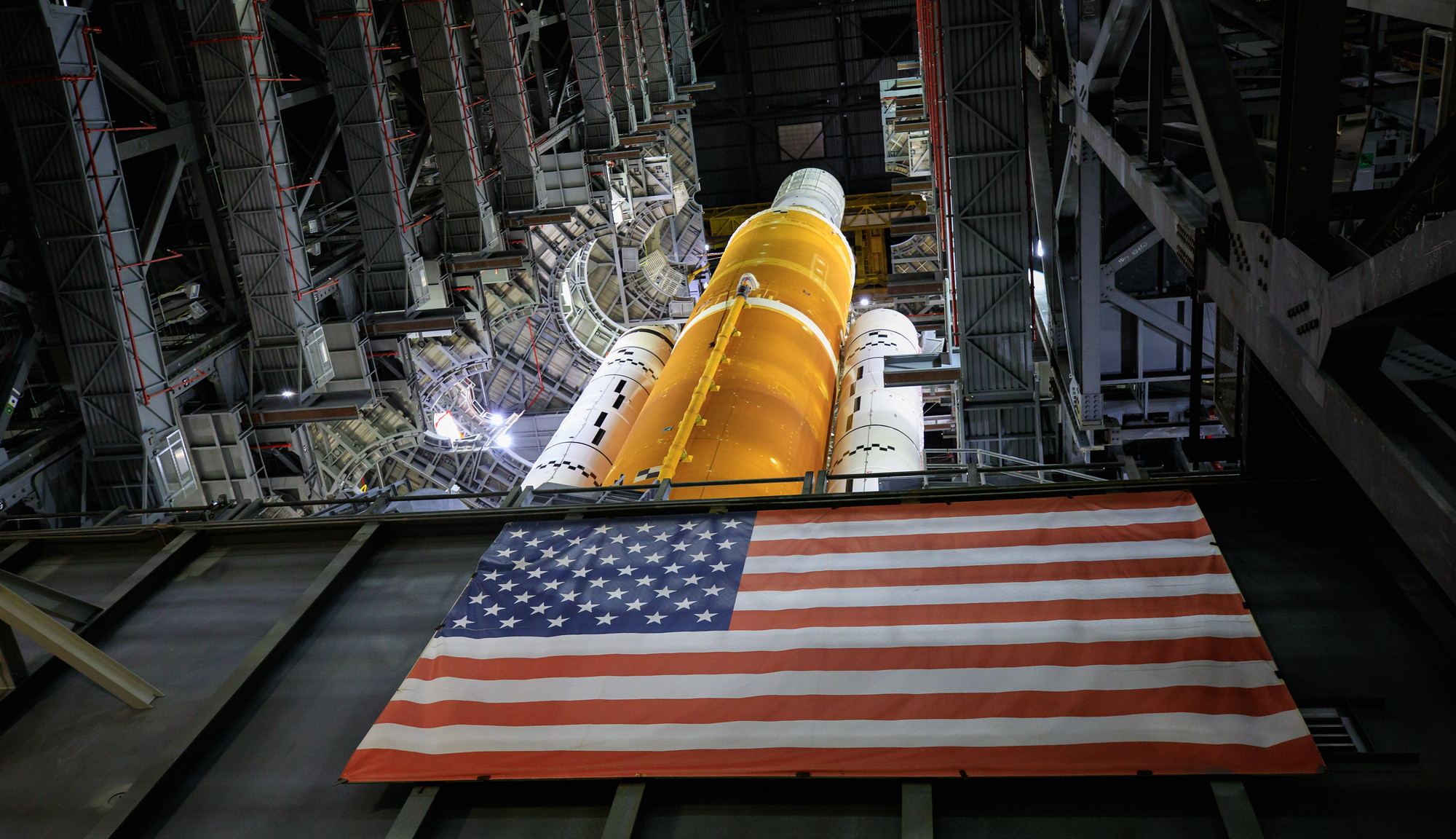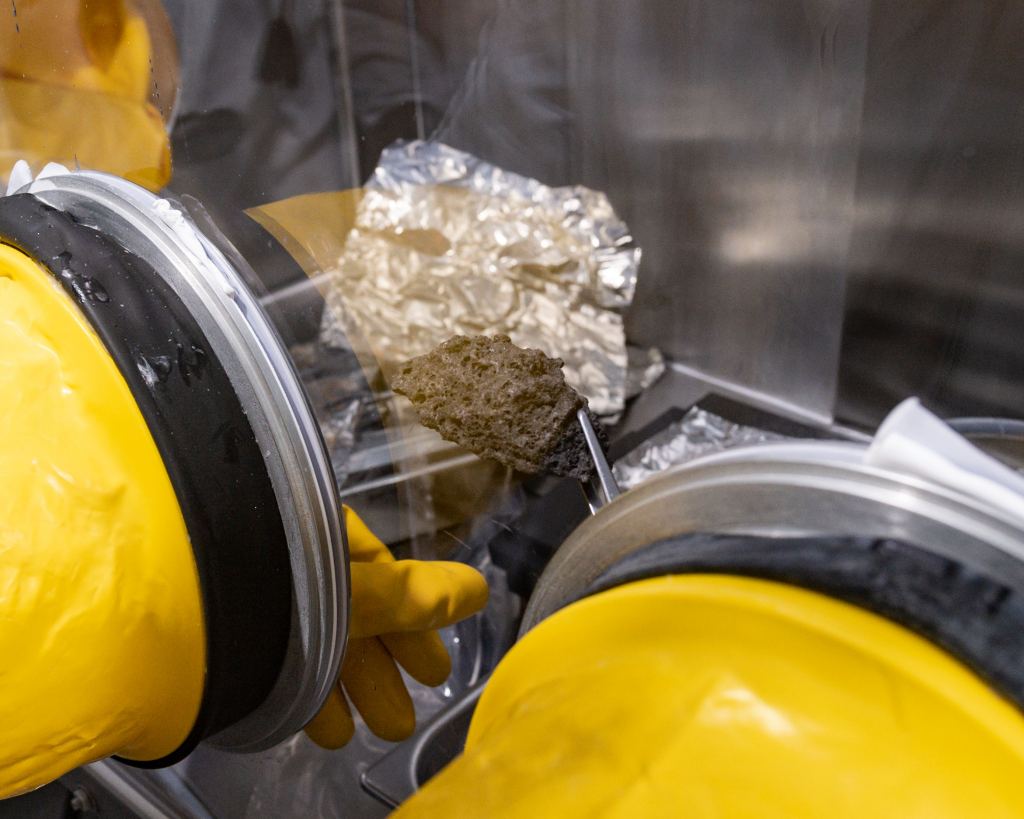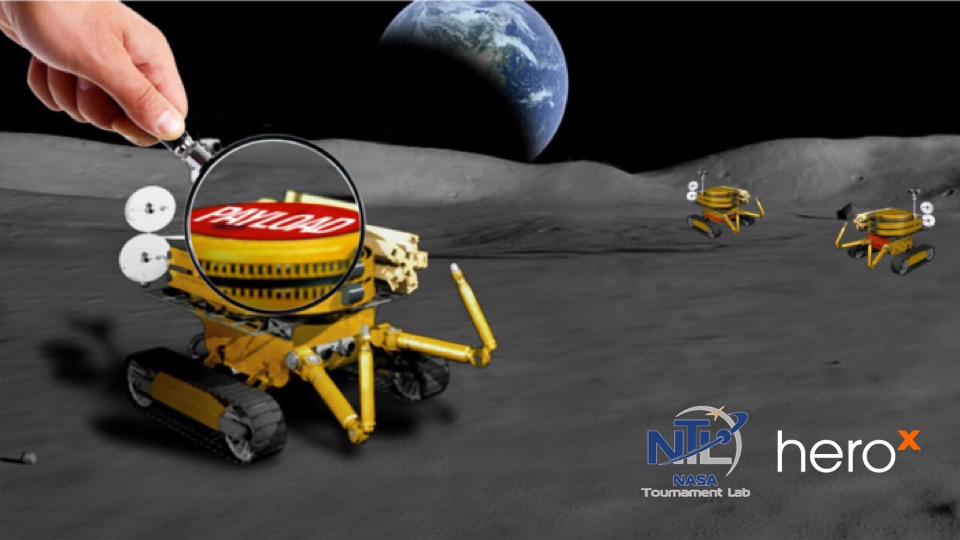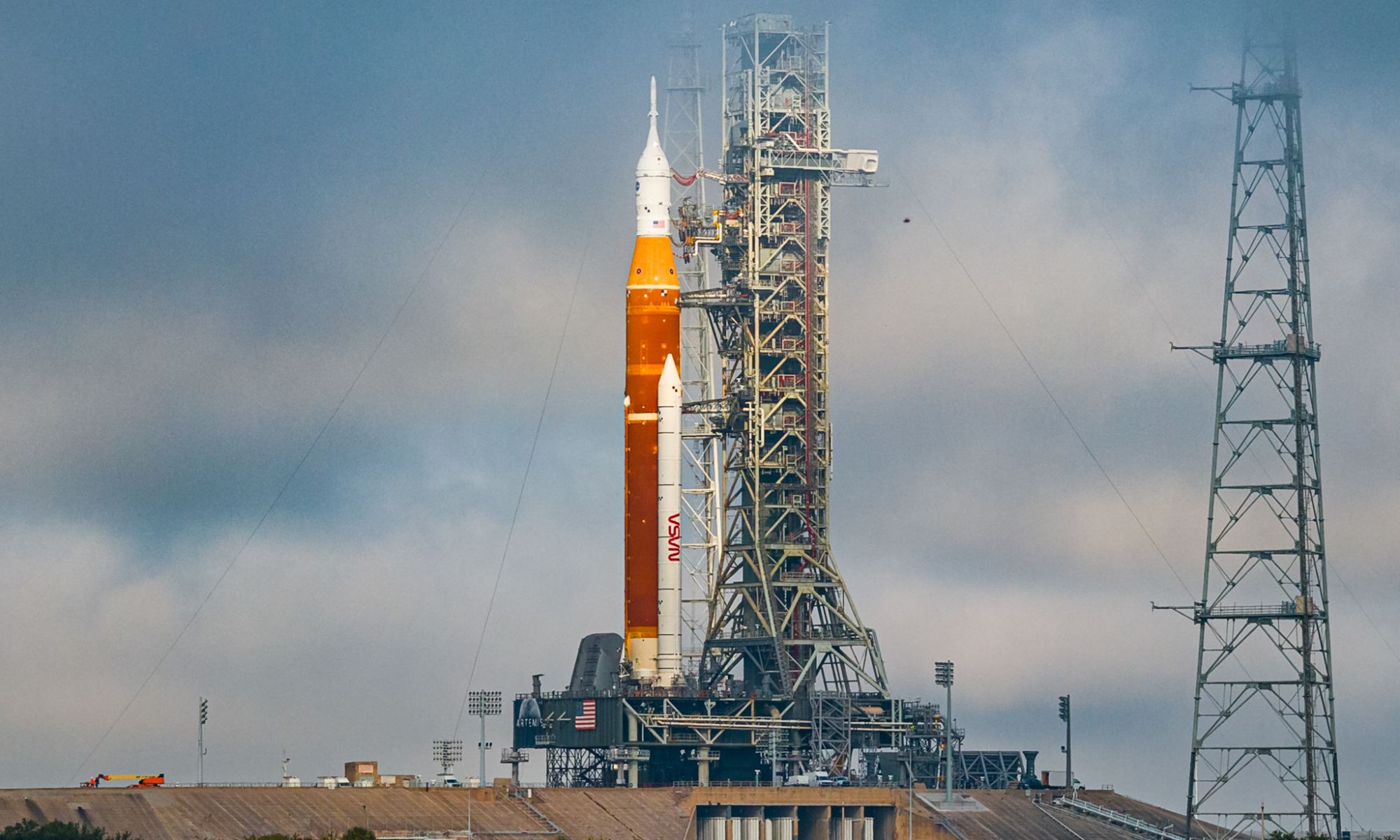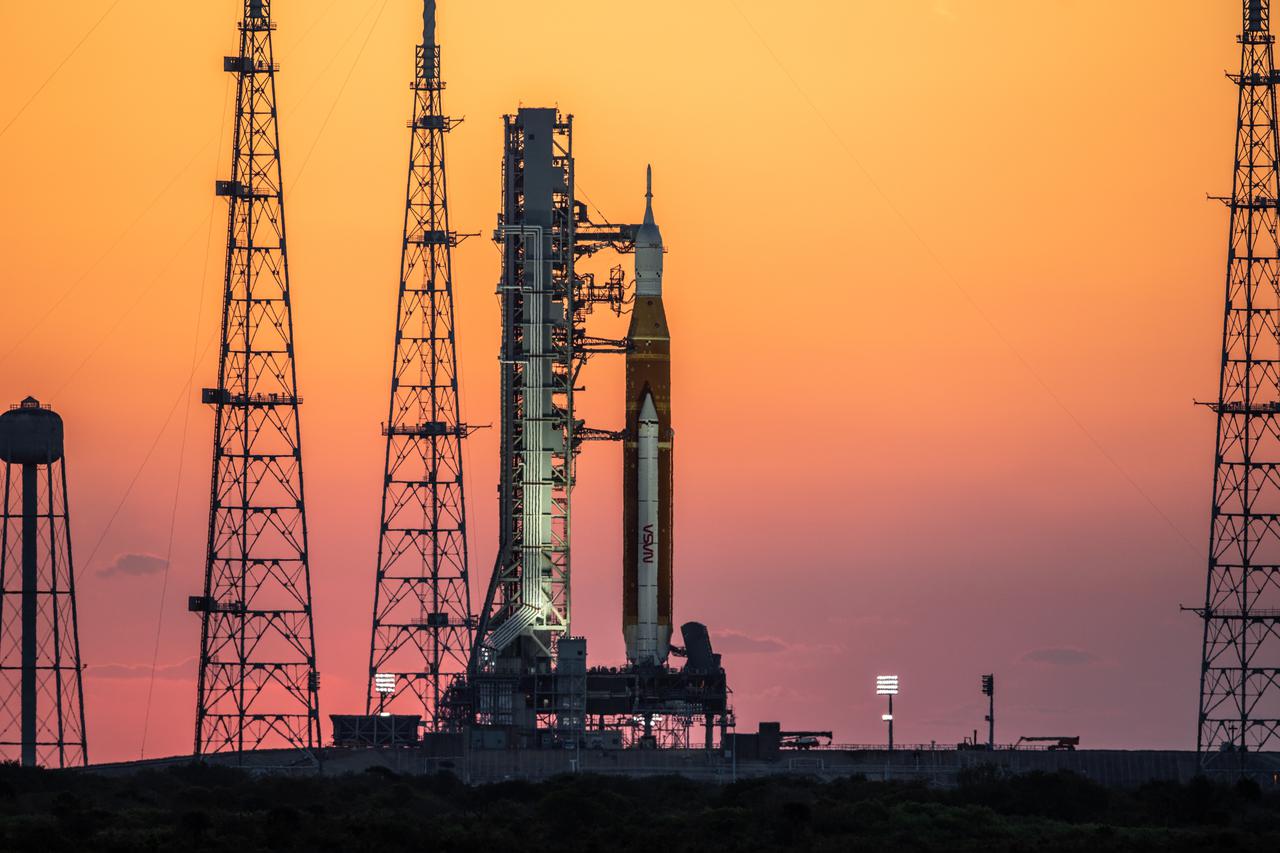For seventy years, Albuquerque-based Sandia National Laboratories has been developing electrical microgrids that increase community resilience and ensure energy security. Applications include the Smart Power Infrastructure Demonstration for Energy Reliability and Security (SPIDERS), designed to support military bases abroad, and independent power systems for hospitals and regions where electrical grids are at risk of being compromised by natural disasters (like hurricanes, flooding, and earthquakes).
In the coming years, Artemis Program, NASA will be sending astronauts back to the Moon for the first time since the Apollo Era and establish a “sustained program of lunar exploration.” To ensure that astronauts have the necessary power to maintain their habitats and support operations on the surface, NASA has partnered with Sandia to develop microgrids for the Moon! This technology could also support future endeavors, like mining, fuel processing, and other activities on the Moon.
Continue reading “Engineers Design an Electrical Microgrid for a Lunar Base”

